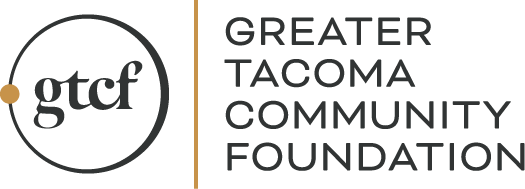
Community
7
2018
Evaluating Organizational Approaches to Diversity

As community and nonprofit organizations work to build a stronger community, examining internal structures and policies for bias and institutional barriers to inclusion is an important step. In its commitment to ongoing professional development and organizational equity, GTCF has been gathering tools which support evaluation and transformation.
Here are a few articles that we’ve been reading recently:
BlackRock’s Diversity Chief: Do Your Employees Feel Like They Belong?
Jonathan McBride, Managing Director and Global Head of Diversity at financial management firm BlackRock explains why they are working to make equity, inclusion, and belonging an integral part of their company culture.
“One thing seen the world over is that people want to work at companies where diversity is baked into the DNA: Reflexive, as opposed to something that’s like the fourth thing on the agenda.”
The Nonprofit Sector As White Space
As we look to achieve racial equity in our organizations and communities, Cyndi Suarez, Senior Editor at Nonprofit Quarterly, challenges nonprofits to look at the ways they may be maintaining or even creating white-dominant spaces that are increasingly difficult for people of color to navigate.
“As stewards of public space, it is important for the nonprofit sector to understand…the way concepts of white space play out in our sector.”
10 Ways To Practice Institutional Racism at Your Nonprofit
In this article, Korbett Mosesly, Director of Family Stability Initiatives for United Way of Pierce County, takes a sardonic look at ways the nonprofit sector, whether intentional or not, maintain systems, structures, and practices that perpetuate institutional racism.
“I realize that institutional racism may not be your goal or intention. You may not even be aware of the complexities of racism at your organization. I hope this post moves you from unintentional racism to intentional allyship.”
